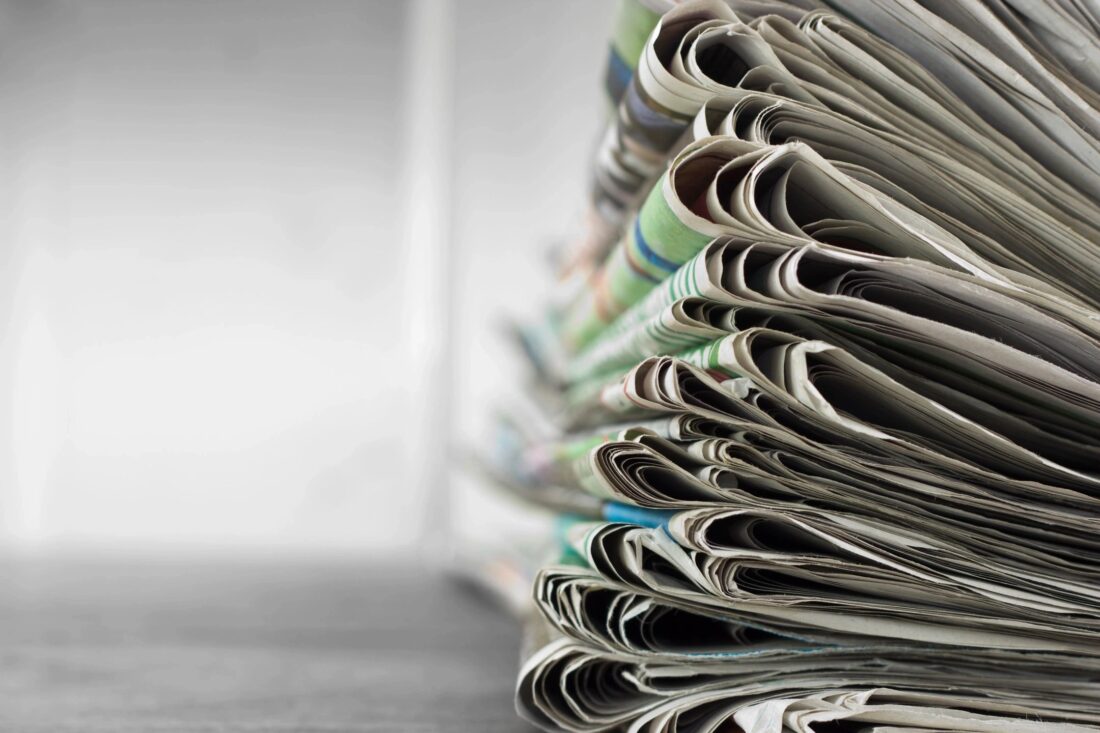In Philadelphia, Almost Nobody Reads the Inquirer
For virtually all of my 75 years, I have lived in the Philadelphia area and seen many changes in that time.
Growing up as a kid in the 1950’s, the newspaper that seemed to dominate the landscape was The Evening Bulletin. Of course, there was the Philadelphia Inquirer in the mornings, but the Bulletin was the one with the imposing office and printing plant near 30th Street station, and the army of Evening Bulletin trucks delivering newspaper bundles to delivery boys all over the area.
Their advertising tag line, which as far as I could tell seemed accurate, was “In Philadelphia, Almost Everybody Reads the Bulletin”.
Unfortunately for The Bulletin, they ran into a competitor that they could not defeat – television news. Starting with 15 minute segments of national news on the three major (and virtually only) networks, news delivery expanded to 30 minutes on the networks, with Cronkite, Huntley, Brinkley and Sevareid as news anchor stars.
The “Action News” format was launched on WPVI TV, and quickly emulated by all of the local stations. News of local fires, crime, weather and sports – all delivered in a fast-paced and compelling video format – proved to be addictive to local residents. The Bulletin’s days were numbered, and it ceased operations in 1982.
The Philadelphia Inquirer was then left standing as the region’s only major newspaper, and it did well under Executive Editor Eugene Roberts, acquiring a number of Pulitzer Prizes for its reporting.
But the television news beast grew stronger, with cable news networks delivering content 24/7, and the pressure on The Inquirer and other newspapers became intense.
In 1990, The Inquirer lost a 17-year libel battle with local attorney Richard Sprague, who was awarded $34 million in damages.
Other libel suits followed, star columnists such as Steve Lopez left for greener pastures, and weakening editorial content drifted away from the center and began skewing farther and farther left. Prices increased substantially, and our family stopped subscribing about 10 years ago.
Recently, my Apple News subscription announced that they were now including the Inquirer as one of their participating newspapers. Curious to see the Inquirer again, I began to read some of its content.
Frankly I was stunned to see a recent Sunday editorial that addressed the 2024 election contest extensively. Although I didn’t expect a centrist “on the one hand, on the other hand” discussion, I was floored by what I considered to be a highly emotional, alarmist screed against all things Trump and all things Republican.
I wondered how many readers would see and be influenced by this content, so I did some checking on recent Inquirer history, which was conveniently provided by an October 2023 Axios article.
From 2006-2014, the Inquirer changed hands five times, including two bankruptcy auctions.
In 2016, then-owner Gerry Lenfest donated the Inquirer to the Philadelphia Foundation’s Institute for Journalism in New Media, a non-profit organization that could accept donations and pursue philanthropy as part of its mission. Inquirer boosters at the time hailed this as a breakthrough which would ensure the Inquirer’s future – although I had a feeling that they still needed to sell papers to survive.
They aren’t selling many. Digital circulation has increased and now exceeds print circulation, but the numbers are small – 65,000 print and 90,000 digital subscribers, in a statistical metropolitan area of approximately 6.2 million residents.
The Inquirer has 2 million newsletter subscribers, but the newsletters highlight stories that can only be read…..wait for it…..if you have a subscription.
The Inquirer is trying hard. They outsourced their printing operation to Gannett, have gone through several rounds of force account reductions, and have launched an advertising campaign aimed at a younger, digital-savvy audience.
Time will tell if this will be enough, but similar pressures at much larger and well-known papers such as the LA Times and Washington Post, do not offer much encouragement.
No wonder we are having intense battles over alleged suppression of news by social and legacy media. That’s where the eyeballs are.
Meanwhile in Philadelphia, it seems that Almost Nobody Reads the Inquirer.

